International Journal of Sexual and Reproductive Health Care
Sex and Reproduction
Mohamed Nabih EL-Gharib* and Sherin Barakat Albehoty
Cite this as
EL-Gharib MN, Albehoty SB (2018) Sex and Reproduction. Int J Sex Reprod Health Care 1(1): 001-005. DOI: 10.17352/ijsrhc.000001Sexual intercourse is a union between two people of different sexual acting in a social context in accordance with their physiological and psychological needs. Sexual relationship provides a physical closeness which gives the comfort and support which is essential for all relationships.
Many years ago, Aristotle was aware of a woman’s ability to conceive in any coital position. The time of ovulation is the main determinant of conception, not coital position. As regards pregnancy, it is not a safe thought to stop coitus until the time of ovulation because one might overlook it.
Pregnancy often has an influence on a couple’s sexual activity, although it has no uniform effect on sexual feelings or function. Some women will find that their sex drive significantly increases during their pregnancy, while others will experience a decreased interest in sex.
Lastly, we answered the question what are the best coital positions during pregnancy.
Introduction
In biological terms, the urge to reproduce is one of the strongest basic drives. Sex drive varies widely between individuals of both sexes and ranges from a complete lack of sexual interest to very powerful urges. The ease with which sexual arousal can be achieved also varies between individuals. Human beings are probably unique among animals in seeking to engage in sexual intercourse as a pleasurable experience separate from the act of reproduction. Sexual intercourse is a complex interaction between two souls that can be realized solely within the overall context of their kinship [1].
Many years ago, Aristotle was aware of a woman’s ability to conceive in any coital position. Thus, timing of ovulation is the primary determinant of conception, not coital position. The timing of a woman’s orgasm and a man’s ejaculation, apparently has some influence on the power of the man’s seed to be efficiently drawn up into the uterus [2].
In terms of conception, fertility depends on three factors: a healthy egg, healthy sperm, and favourable cervical mucus. A woman ovulates once a cycle, usually 14 days before the following period (Figure 1). The ovum lives 12-24 hours and then disintegrates if not fertilized. Under favourable cervical mucus conditions (cervical mucus nourishes and guides the sperm, which would otherwise expire in about a half-hour or never get to the egg), sperm can survive as long as 4 days within the torso [3].
Although sexual activity has, until very lately, being essential to breeding, this did not preclude the non-reproductive importance of sexual relationships and non-conceptive copulations. Technical improvements, however, now allow for both sex without reproduction and reproduction without sex [4].
Nevertheless, it is not a safe thought to stop coitus until the time of ovulation because one might overlook it. More importantly, a long period of abstinence whilst waiting for the right day, can result in a decrease in the quality of semen. Thus, making love about twice a week will ensure that sperms are available most of the time and will impart the best probability of conceiving (Figure 2) [5].
Sexual relationship has other benefits. No-one entirely does making love have an immediate physical pleasure, it also offers a physical closeness which gives the consolation and livelihood which is essential in all relationships. It is frequently really hard to keep these other pleasures when life is overshadowed by the desire to conceptualize [6].
Best positions for getting pregnant
Many sources claim that the best coital position is when the adult female is lying along her back (missionary position, Figure 3), with hips elevated by a pillow. It is thought that gravity will assist the sperm to swim upwards towards the egg. However, in women with retroverted uterus, the sperm need to work harder to swim through the cervix and into the uterine cavity. Any amount of sexual positions won’t change the way a woman’s organs are located in her pelvis. She should stay in this office for twenty minutes following intercourse to allow more time for sperm to migrate into the womb and Fallopian tubes. Any “leakage” won’t cut the likelihood of pregnancy [7].
Others consider that the woman-on-top position (Figure 4) is an ideal room for a woman to conceive, since both partners will tend to be more relaxed and enjoy the process. The marital bond in general, and the marital act in particular, also require the teamwork of both husband and wife in closely watching the reactions and needs of each. The slow rhythm of the woman-on-top sexual position, thus, best facilitates the case of communication necessary in the overall relationship [8].
When the woman is on top, the spermatozoa have the greatest opportunity to invade the uterus in the very act of ejaculation, and this is because “the glans penis comes into tight touch with the cervix uteri that droops freely and broadly into the vaginal canal. Likewise, the woman in this position is able to move her hip and abdomen sideways and in all ways [9].
Today it is pretty easily understood that semen, once in contact with the cervix coagulates fairly quickly, even if much of it appears to ooze away. The force of ejaculation and the subsequent quick coagulation onto the cervix, allows the semen to easily counteract any effects of gravitation [10].
Infertile couples may feel that the purpose of sex is simply to establish a pregnancy. When the pregnancy does not take place, the whole role of making love has then been a loser. It is not surprising therefore that infertility can throw a devastating consequence of the sexual relationship [11].
Sex during pregnancy
Pregnancy, starts with a sex act. To enhance pregnancy rate, sexual intercourse should occur 1-2 days before ovulation. The mean frequency of sexual intercourse during pregnancy (1.5 times per week) was less than that before pregnancy (2.3 times per week). Pregnancy often has an influence on a couple’s sexual activity, although it has no uniform effect on sexual feelings or social occasion. Some women will recover that their sex drive significantly increases during their gestation, while others will have a diminished interest in gender. The like holds true for fathers [12].
Factors affecting sexual practices during pregnancy [13]
• The previous beliefs about sex.
• The husband’s previous believes.
• Physical aspects of pregnancy.
• Emotional aspects of pregnancy.
Emotional Changes during first trimester [14]
• The desire for sex may be increased because pregnant woman does not think about birth control.
• Other pregnant women may be conflicted about sex as their mental images change to a more northerly aspect.
• Some women find themselves preoccupied by the idea of sex, including dreams and strange fantasies.
Physical Changes in first trimester [15]
• The breasts may be raw, causing either increased pleasure or annoyance.
• Nausea and fatigue may diminish the female sexual appetite.
• Threatened miscarriage may limit the measure of intercourse or orgasms.
• Orgasms may seem to hang around, causing a touch of latent hostility in the vagina and clitoris.
Emotional changes during the second trimester [16]
Many women feel sexy with their young material bodies, especially if they are feeling less sickly than in the first trimester.
• Parents may be fearful of injuring the baby, or of the baby “knowing” what is going on, especially once the child has started running and he can sense the fronts.
• Some parents are jealous of the baby’s closeness with the mother.
• The vagina becomes more lubricated and the clitoris and vagina become more absorbed. Many adult females will become orgasmic or multi-orgasmic for the first time during gestation because of this added engorgement.
Emotional changes during the third trimester [17]
• Mummy may be concerned that her body is hideous to her husband or that her material body may never come back.
• To the reverse, most human beings are actually turned on by their wife’s blossoming figure. Communication is all-important for a healthy sex life, at all stages of spirit.
• Mother is becoming more fatigued, making timing difficult.
Physical changes in the third trimester [18]
• The uterus will occasionally have spasms lasting upwards of one minute during orgasms, this is different from the contractions.
• Contractions may occur near term after sex for around half an hour.
• Because of all the engorgement in the vagina and clitoris, orgasm may not alleviate the sexual tension.
• If the baby brain is deep in the pelvis, pregnant adult females may experience pain or spotting during or after sex, this is normal. So advise shallow penetration or rear entry position.
• Sex will not start labor if the cervix is not mature, so the average adult female does not have to worry about preterm labor.
Thus, sex during pregnancy may be more gratifying because of the increase in vaginal lubrication, engorgement of the genital area that aids some people become orgasmic for the first time or multi-orgasmic, the deficiency of birth control. On the opposite, sex during pregnancy might not be as pleasurable: fear of injuring the baby, nausea, fatigue, stiffness, etc. [19]
Ryding, in a survey carried out with pregnant women, found that during pregnancy 72% of the women had a reduction in sexual desire. Three months after childbirth, 20% of women continued to report inhibited sexual desire, while 21% actually reported total loss of desire or aversion to sexual activity. Other studies, however, have shown that neither sexual desire nor frequency of sexual relations is affected by pregnancy [20].
Byrd and associates found that at one month and four months after childbirth, there was a reduction in both sexual activity and sexual satisfaction in women that breast-fed their babies, compared to those that did not [21].
Can orgasms result in premature labor?
Orgasms may cause uterine contractions. However, the vast majority of studies indicate that in a normal pregnancy, orgasms (with or without sexual intercourse) don’t lead to premature labor or premature birth. Sexual activity per se during weeks 29-36 of pregnancy does not increase women’s risk of delivering preterm, according to a survey of almost 600 women who visited three prenatal clinics in North Carolina. By contrast, the results suggest that women who are sexually active late in pregnancy are considerably less likely than pregnant women who are not sexually active to deliver before 37 weeks of pregnancy [22].
Contraindications of sexual intercourse during pregnancy
• Threatened miscarriage.
• Habitual abortion.
• Incompetent cervix.
• Preterm labor.
• Leaking amniotic fluid
• Placenta praevia
• Twin pregnancy during the late second and early third trimesters, when the consequences of preterm birth are greatest.
• If the woman or her married man has been exposed to, or has confirmation of a sexually transmitted disease [23].
What is the best coital position during pregnancy? [24]
• Woman-on-top position: This position puts no weight on the stomach and allows the female to control the depth of insight (Figure 4).
• Doggy style position, from behind: This is a very honourable situation for pregnant adult females because of the want of direct pressure along the stomach. Some women see this position difficult at the very final stage of gestation (Figure 5),
• Sitting position: which also puts no weight on the uterus (Figure 6).
• Spooning. This place gets its figure from the way spoons fit together in the silverware drawer. Normally its best if the man is behind allowing his penis to become between the thighs and enter from the bottom. This produces no pressure on the abdominal cavity, and leaves for a shallow insight (Figure 7).
• Side by side position: Lying partly sideways allows the husband to retain most of his weight off the uterus and prevents deep penetration (Figure 8).
• On a chair: The male sits on the bed with his legs outstretched. The female mounts the male in a seated position. Her legs, then move up to the shoulders of the male. She must lean back just a bit and support her own weight on her hands. Rhythm is required to pull off the armchair (Figure 9).
• Edge of the bed: Shift the female pelvis the edge of the bed. Depending on the height of the bed, the male partner can kneel or stand (Figure 10).
Sex after pregnancy
The first 6-8 weeks after delivery are called the puerperium. Sex during the puerperium is not permitted. This leaves time for the cervix to close, postpartum bleeding to stop, and any tears or repaired lacerations to heal. The flow of lochia can last from three to eight weeks. Intercourse, douching, tampons, and anything placed in the vagina may introduce bacteria, and induce an infection [25].
- Keane M, O'Toole MT (2003) Miller-Keane Encyclopedia and Dictionary of Medicine, Nursing, and Allied Health, Seventh Edition. © 2003 by Saunders, an imprint of Elsevier, Inc. Link: https://goo.gl/nCYwMX
- Sparshott F (1983) Aristotle on Women. The Society for Ancient Greek Philosophy Newsletter 107. Link: https://goo.gl/1giiQV
- Wilcox AJ, Dunson D, Baird DD (2000) The timing of the 'fertile window' in the menstrual cycle: day specific estimates from a prospective study. BMJ 321: 1259-1262. Link: https://goo.gl/xmEfU9
- Benagiano G, Carrara S, Filippi V (2010) Sex and reproduction: an evolving relationship. Hum Reprod Update 16: 96-107. Link: https://goo.gl/3rXSY7
- Dunson DB, Baird DD, Wilcox AJ, Weinberg CR (1999) Day specific probabilities of clinical pregnancy based on two studies with imperfect measures of ovulation. Human Reprod 14: 1835-1839. Link: https://goo.gl/TwauUU
- Gallup GG, Burch RL, Platek SM (2004) Does semen has antidepressant properties?. Arch Sex Behav 31: 289-293. Link: https://goo.gl/qVmYS9
- Levin RJ (2011) Can the controversy about the putative role of the human female orgasm in sperm transport be settled with our current physiological knowledge of coitus?. J Sex Med 8: 1566-1578. Link: https://goo.gl/Z8yY1Q
- Levin RJ (2007) Sexual activity, health and well-being: The beneficial roles of coitus and masturbation. Sexual and Relationship Therapy 22: 135–148. Link: https://goo.gl/VjdzPm
- Gökyildiz S, Beji NK (2005) The effects of pregnancy on sexual life. J Sex Marital Ther 31: 201–215. Link: https://goo.gl/XGuoLA
- Suarez SS, Pacey AA (2006) Sperm transport in the female reproductive tract. Hum Reprod Update 12: 23–37. Link: https://goo.gl/s6WPt5
- Tabong PT, Adongo PB (2013) Infertility and childlessness: a qualitative study of the experiences of infertile couples in Northern Ghana. BMC Pregnancy Childbirth 13: 72. Link: https://goo.gl/guLsmq
- Bogren LY (1991) Changes in sexuality in women and men during pregnancy. Arch Sex Behav 20: 35-45. Link: https://goo.gl/PhE1ws
- von Sydow K (1999) Sexuality during pregnancy and after childbirth: A metacontent analysis of 59 studies. J Psychosom Res 47: 27-49. Link: https://goo.gl/4ZYXuE
- Bogren LY (1991) Changes in sexuality in women and men during pregnancy. Arch Sex Behav 20: 35-45. Link: https://goo.gl/PhE1ws
- Aslan G, Aslan D, Kizilyar A, Ispahi C, Esen A (2005). A prospective analysis of sexual functions during pregnancy. Int J Impot Res, 17: 154–157. Link: https://goo.gl/HJTPWP
- Oruc S, Esen A, Lacin S, Adigüzel H, Uyar Y, et al. (1999) Sexual behavior during pregnancy. Aust NZ J Obstet Gynaecol 39: 48-50. Link: https://goo.gl/ai8nus
- Naim M, Bhutto E (2000) Sexuality during pregnancy in Pakistani women. J Pak Med Assoc 50: 38-44. Link: https://goo.gl/QyhYir
- DeJudicibus MA, McCabe MP (2002) Psychological factors and the sexuality of pregnant and postpartum women. J Sex Res 39: 94-103. Link: https://goo.gl/q1HBFZ
- Savage W: Sexual activity during pregnancy. Midw Health Vis Commun Nurs 20: 398, 1984. Link: https://goo.gl/ukKtHU
- Ryding EL (1984) Sexuality during and after pregnancy. Acta Obstet Gynecol Scand 63: 679-682. Link: https://goo.gl/f1z25k
- Byrd JE, Hyde JS, DeLamater JD, Plant EA (1998) Sexuality during pregnancy and the year postpartum. J Fam Pract 47: 305-308. Link: https://goo.gl/937HWb
- Sayle AE, Savitz DA, Thorp JM, Hertz-Picciotto I, Wilcox AJ (2001) Sexual activity during late pregnancy and risk of preterm delivery. Obstet Gynecol 97: 283-289. Link: https://goo.gl/LXtUUR
- Bartellas E, Crane JM, Daley M, Bennett KA, Hutchens D (2000) Sexuality and sexual activity in pregnancy. BJOG 107: 964-968. Link: https://goo.gl/pkWPHS
- Lee JT, Lin CL, Wan GH, Liang CC (2010) Sexual positions and sexual satisfaction of pregnant women. J Sex Marital Ther 36: 408-420. Link: https://goo.gl/rykN2Q
- Johnson CE (2011) Sexual health during pregnancy and the postpartum. J Sex Med 8: 1267-1284. Link: https://goo.gl/ZStqNa
Article Alerts
Subscribe to our articles alerts and stay tuned.
 This work is licensed under a Creative Commons Attribution 4.0 International License.
This work is licensed under a Creative Commons Attribution 4.0 International License.
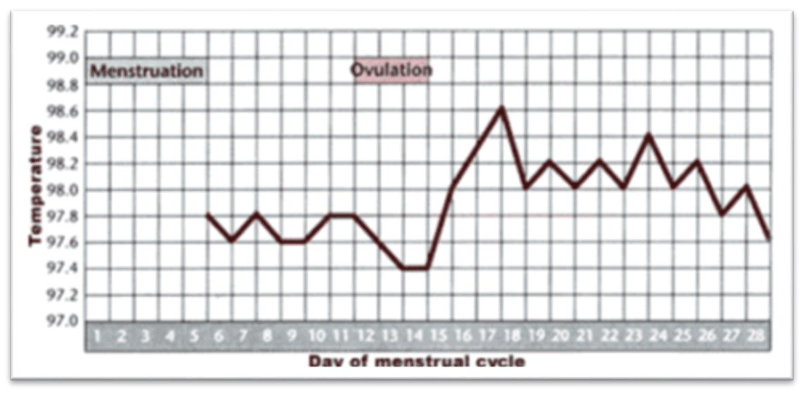

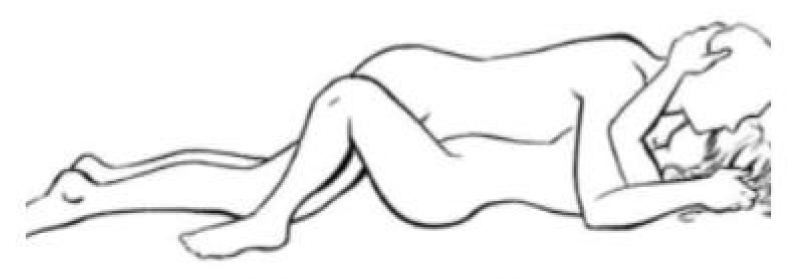
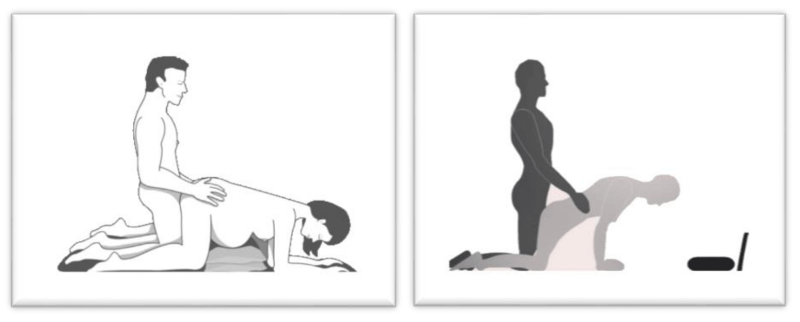

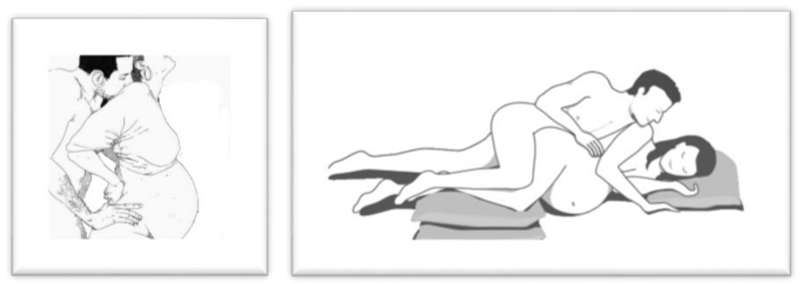
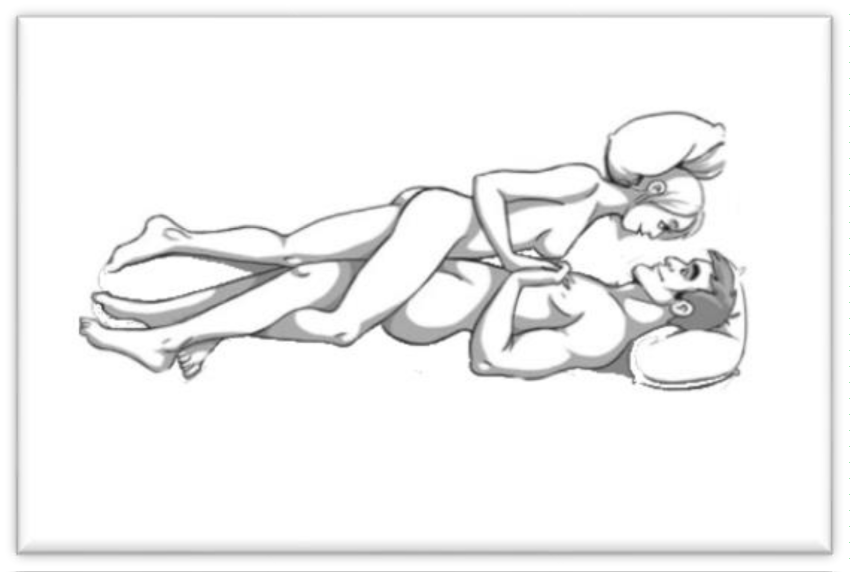
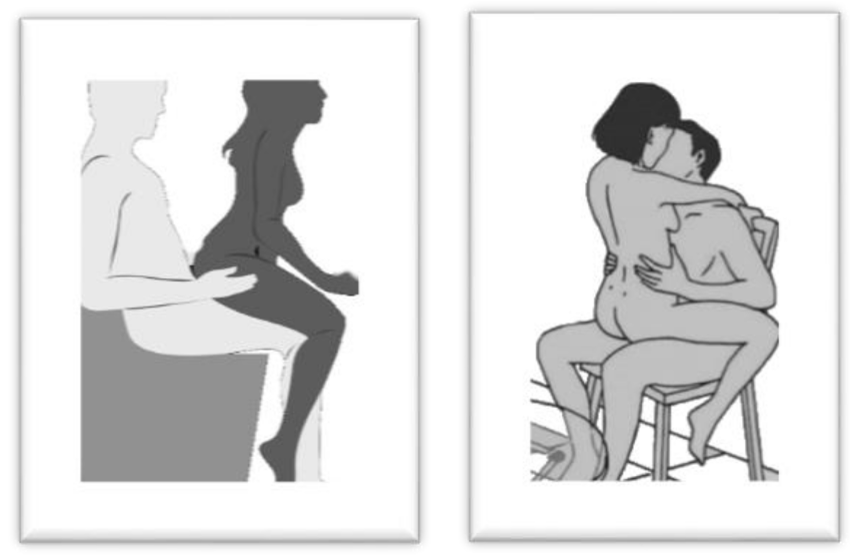
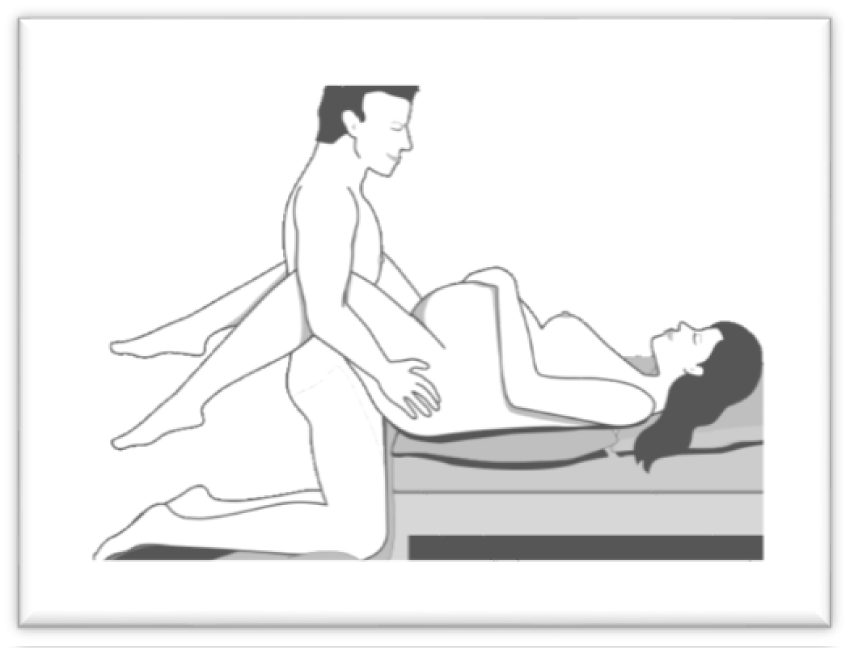
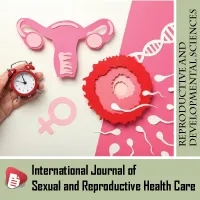
 Save to Mendeley
Save to Mendeley
